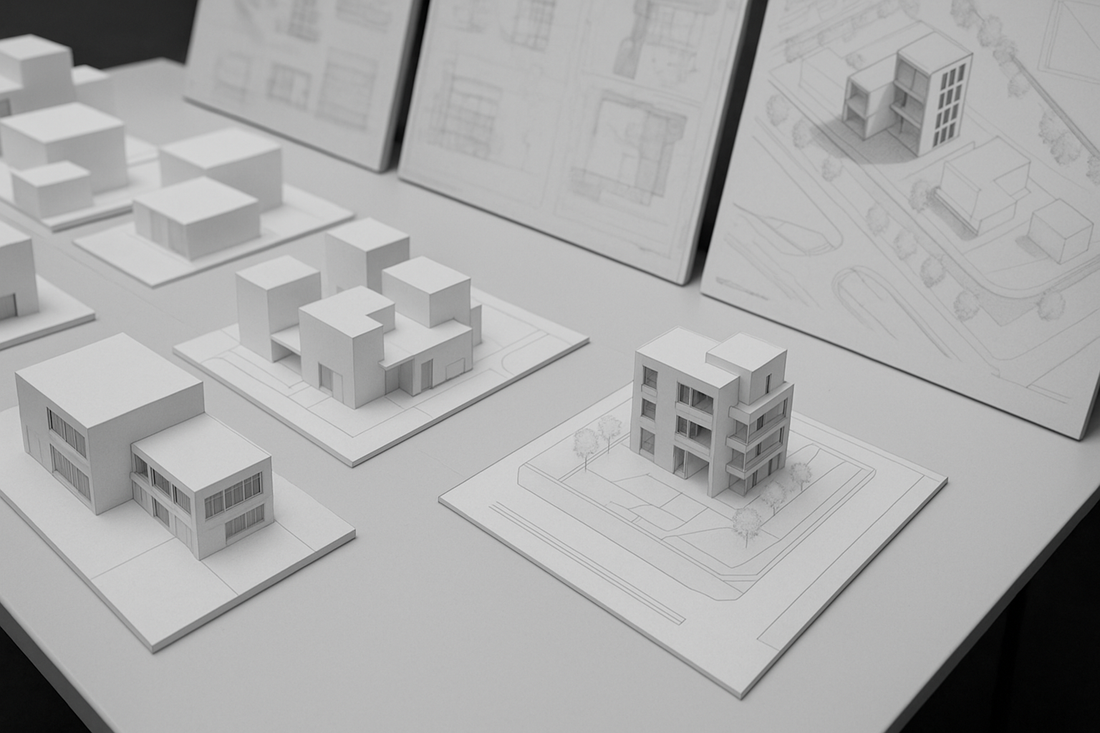
A Seminar Interview That Changed My Life
Share
“University Seminar Interview – Part I”
As an architecture student who had been devoting all my time to a fashion club, I knew that lifestyle couldn't last forever.
Most students aiming to become architects pursued graduate school, as it qualified them to take the licensing exam. This meant that, in their fourth year, students typically joined a specific professor’s seminar to write their thesis with graduate school in mind. Popular professors’ seminars were highly competitive, requiring interviews or exams to get in. That season was approaching for me as well.
Despite clearly being an underperforming student, I still applied for my top-choice seminar — one led by a professor renowned for design, a popular and prestigious figure. As expected, the number of applicants far exceeded the limit.
The interview required all applicants to enter the room at the same time and give presentations one by one, displaying their past architectural plans and designs in front of everyone.
The room was filled with brilliant students — the kind who regularly presented in class and received praise for their work. I had zero chance of winning on a level playing field. If I wanted to stand a chance, I’d have to rely on something they didn’t have — something only I could bring.
I waited for my turn, a hidden weapon tucked quietly in my portfolio, hoping for a dramatic comeback.
“University Seminar Interview – Part II”
My turn to present arrived. Several top students had already gone, using stunning model photos and CG renderings in their sleek presentations.
There was no way I could compete with them using just my models and drawings.
The only thing I might stand a chance with was my pencil renderings — architectural drawings shaded entirely in graphite. Drawing had been my strength since I was a child, and I had confidence in these pencil works. I had revised them carefully for this presentation, and felt they’d turned out well.
Between clearly subpar CAD drawings and CGs, I inserted my best hand-drawn work.
Still, being good at drawing had little to do with architecture — or so I feared.
Should I reveal my last resort — my secret weapon? As my presentation neared the end, I grew increasingly anxious.
What if the professor got angry?
What if the others laughed at me?
But this was the one thing I had poured my heart into — something I could show with pride, even in front of the top students.
With my heart pounding so hard it might burst, I placed it quietly on the table — atop the stack of my clumsy architectural drawings.
A photo from my own fashion show.
“University Seminar Interview – Part III”
“…Actually, I’ve been organizing fashion shows in my club, and I also design and make the clothes myself.”
I explained to the professor.
There was a moment of silence. I had braced myself for scolding or ridicule, but his reaction was unexpectedly calm — even slightly intrigued.
“You made all of this yourself? You know, I once designed stage costumes for an artist. But I’d never want to do that kind of work again,” he said with a smile.
The atmosphere instantly relaxed. Riding that shift, I continued explaining my non-architecture projects. The interview ended far more peacefully than I had expected.
A few days later, the results were posted.
I didn’t make it.
“A Renewed Resolve”
As expected, I failed.
If someone like me had been accepted, who would take school seriously anymore? It was only natural that I didn’t get in.
I took it as a sign to step away from the fashion club and, though a bit late, focus fully on architecture. I told myself: this would be my life now — a life devoted to architecture.
I accepted the result and renewed my resolve.
I was assigned to a seminar focused on reinforced concrete structures.
In my fourth year, even though I wasn’t in the design seminar, architectural design was still the part I enjoyed most. I decided to take the design classes taught by the professor who had rejected me.
Even with a refreshed mindset, catching up after three years of neglect wasn’t easy. No matter how hard I tried, my grades didn’t magically improve. I completed the classes with average, or even below-average, results.
Then came the end-of-term party before summer break. The professor, his assistants, and senior students would all be there. I was nervous — but excited.
Maybe, just maybe, if I worked hard enough, I could join my dream seminar one day.
That ambition had already started to take root.
When I commit to something, I go all in — and that hasn’t changed in the 20-plus years since my college days.
Via Threads
*The top image was created using an AI tool.




